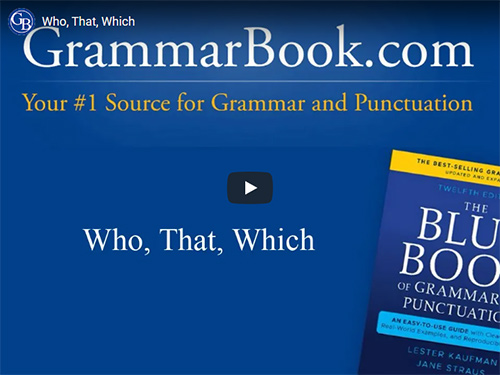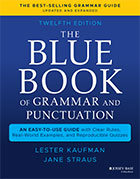|
Writing, at its most basic level, is the use of symbols such as letters, words, and punctuation to express thoughts, ideas, or information in a visible or readable form.
It is the transmission of our mind's contents to others across space and time through a system they can apply for receipt.
Writing can be descriptive, persuasive, expository, or technical. Even more, and perhaps where it best reveals our humanity, it can be creative.
Through our writing, we can deliver memorable mental images, offer new understanding, and add layers of meaning that can run deeper than the words themselves.
Two devices that help achieve these effects are the analogy and the metaphor.
What Is an Analogy?
The term "analogy" dates back to the early 1400s. Meaning "proportion" or "correspondence," it emerged from the Old French analogie and the Latin analogia, which originated from the Greek analogia ("proportion").
By the 1540s, it conveyed the "partial agreement, likeness, or proportion between things." By around 1600, logicians were using it to describe an argument based on the similarity of things in certain aspects to infer their similarity in others (e.g., because an orange and apple both are X, they may also both be Y).
Today, we use an analogy to explain how two different things are similar in structure or relationship, often to clarify a related concept or simplify a complex point.
Because of their utility, analogies appear throughout our shared American English, such as in music, movies, speeches, books, advertising, and daily conversations.
Analogies will often use words and phrases such as like, similar to, and as to connect ideas that are more profound with those that are more familiar.
Analogy: Life is like a box of chocolates. You never know what you're gonna get.
Comparison: life (more profound), box of chocolates (more familiar)
Point: Life's outcomes are as varied as fillings inside their chocolate coverings.
Analogy: Finding the solution is similar to locating the key that will open a door.
Comparison: solution (more profound), door key (more familiar)
Point: To solve a problem, we should be patient in working through the possibilities.
Analogy: He viewed trust as he did glass: Once broken, it's hard to mend.
Comparison: trust (more profound), glass (more familiar)
Point: Damaged faith might not look the same once repaired, if repaired at all. |
What Is a Metaphor?
The term "metaphor" originates from the Latin and Greek "metaphora" ("a transfer" or a "carrying over"). It attributes one thing's qualities to a different thing as a way to establish a conceptual relationship between them.
Emerging in the late 1400s, "metaphor" became a figure of speech for moving descriptions from one context into another to relate them. In this way, a metaphor can imbue a thought, idea, or object with a new depth and freshly vivid imagery.
Where we use analogies to explain, we apply metaphors to make readers feel. Metaphors are strokes and splashes of color we paint onto otherwise monochromatic descriptions. We often present them as abstractions that invite interpretations.
Distinguished perhaps most simply, a metaphor conveys "something is something" because those two things share characteristics we might not have recognized. The relationship is implied rather than stated.
Metaphors are often poetic and evocative. Like analogies, they also can often be found throughout different formats of art and expression in American English.
His self beneath his veneer was a tempest.
Jane's eyes became the opening-night spotlights of her ambition.
*The yellow brick road in "The Wizard of Oz" (1939) as a symbol of life's journey toward self-discovery
"Life Is a Highway" (1991 song by Tom Cochrane)
A diamond is forever (slogan by jeweler De Beers) |
Analogy vs. Metaphor: Head-to-Head
Now that we have a better idea of what analogies and metaphors are, we can reinforce our understanding by comparing them directly.
| Feature |
Analogy |
Metaphor |
| Purpose |
To explain or clarify |
To illustrate or evoke feeling |
| Method |
Compares similarities |
Equates two unlike things |
| Style |
Logical, often educational |
Figurative, often artistic |
| Example |
"His voice is like music, pleasant and soothing." |
"His voice is music to my ears." |
Stated again, analogies will express that something is like something; metaphors will suggest that something is something.
| Analogy |
Metaphor |
| She lived her life like a candle in the wind. |
She was a candle in the wind. |
| Amira's brain is like a high-powered computer. |
Amira's brain is a supercomputer. |
| Life is like a box of chocolates. |
Life is a box of chocolates. |
| Their silence is similar to a green light. |
*Using a green light as a symbol of silent approval throughout a text, such as an article or short story |
The same caveat writers follow for other effective-writing techniques applies to analogies and metaphors as well: Don't overdo it. If we use analogies or metaphors constantly, they can quickly lose their vigor and even become heavy-handed. We want to keep them fresh and relevant in their context to enrich readers' thinking rather than distract from it.
Instead of being obscure or overly clever, we also will ensure our analogies and metaphors are logical, clear, and accessible for understanding.
Related Topics
Similes and Metaphors
What Does Metaphor Mean?
|





